When the temperature soars, it’s not just people who struggle—our pets feel the heat too, and they don’t have the same ways to cool off.

While you might be able to reach for a cold drink or duck into a shop with air con, your dog, cat, or rabbit is stuck relying on you. Heatstroke can happen fast in animals, often before we realise there’s a problem. So, here are some essential and easy-to-miss tips every pet owner should know to help keep their furry mate safe and cool during a heatwave.
Never walk dogs during the hottest part of the day.
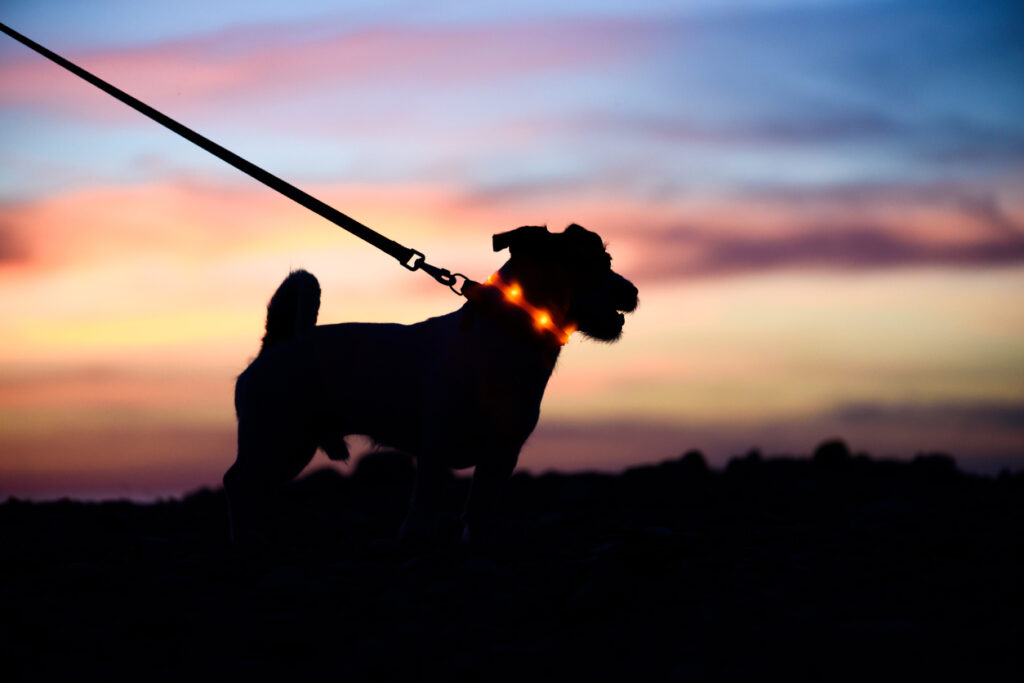
This one’s basic, but still gets overlooked far too often. Walking your dog at midday or in the afternoon sun can lead to burns on their paw pads and even heatstroke. If the pavement feels hot to your hand, it’s too hot for their feet. Plus, dogs don’t sweat like we do—they only cool down by panting and through their paw pads, so the heat builds up quickly.
Stick to early morning or late evening walks when the ground’s cooler and the sun’s less intense. And if your dog looks hesitant to go out or slows down more than usual, take it as a sign—they’re not being lazy, they’re just struggling with the heat.
Make cool water constantly available.
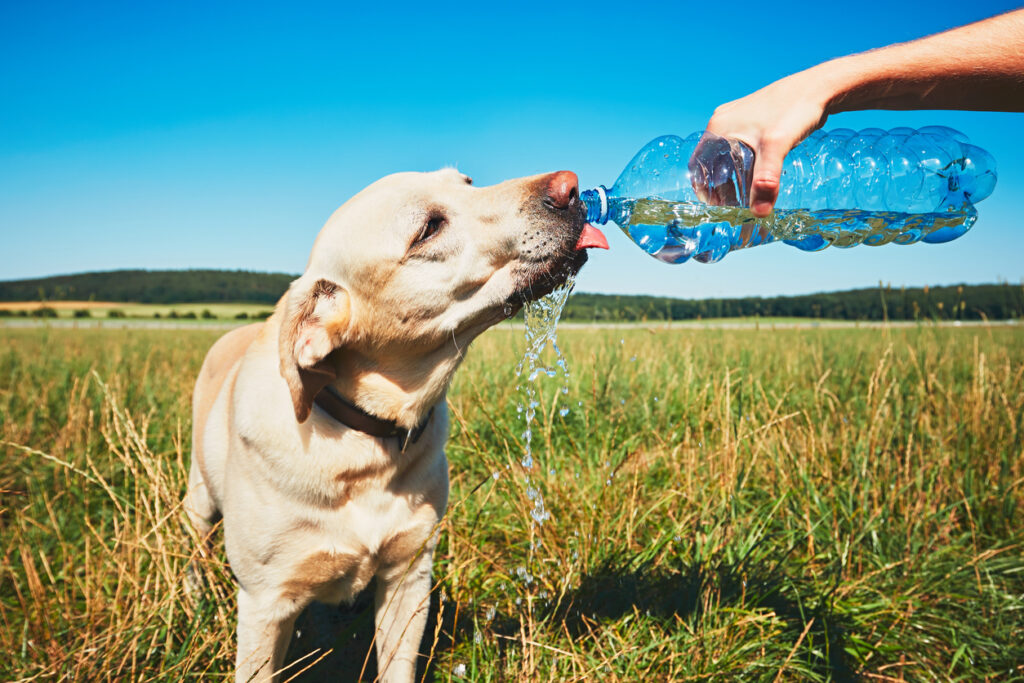
It sounds obvious, but plenty of pets end up dehydrated during heatwaves because their water bowl goes warm or gets knocked over. Top up water throughout the day and move it into a shaded, easily accessible spot. For dogs and outdoor cats, it’s worth placing extra bowls around in case they wander to another area and don’t want to trek back for a drink.
You can also drop in a few ice cubes or keep one bowl in the fridge so they always have a cold option. If you’ve got small pets like rabbits or guinea pigs, try freezing a water bottle wrapped in a towel and placing it in their enclosure so they can lie against it.
Set up a shady retreat.
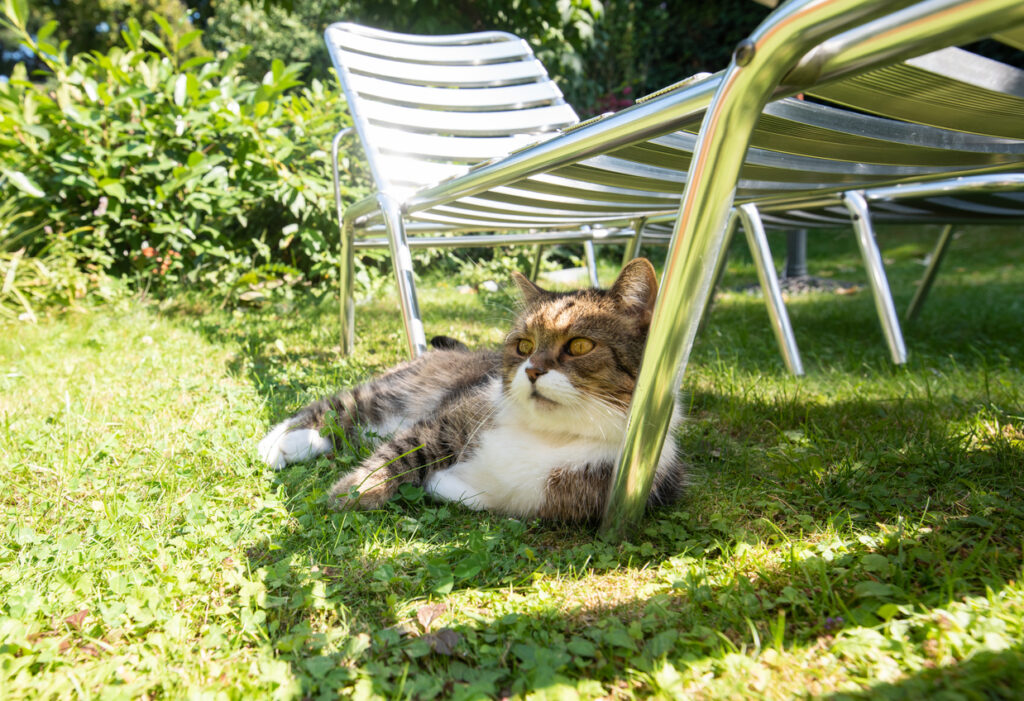
Pets need somewhere cool to escape to, especially if they spend time outdoors. That means proper shade—not just a bit of patchy sunlight filtering through trees. Umbrellas, tarps, or a pop-up tent can work wonders in a garden. Indoors, close curtains during the day and consider creating a little shaded den with a cool mat or damp towel.
Make sure their bed isn’t tucked into a warm corner, too. Move it into a breezier spot, or even let them lie on tiles or wooden floors—they’ll naturally gravitate to the coolest area if they’re given the chance.
Don’t rely on fans alone.
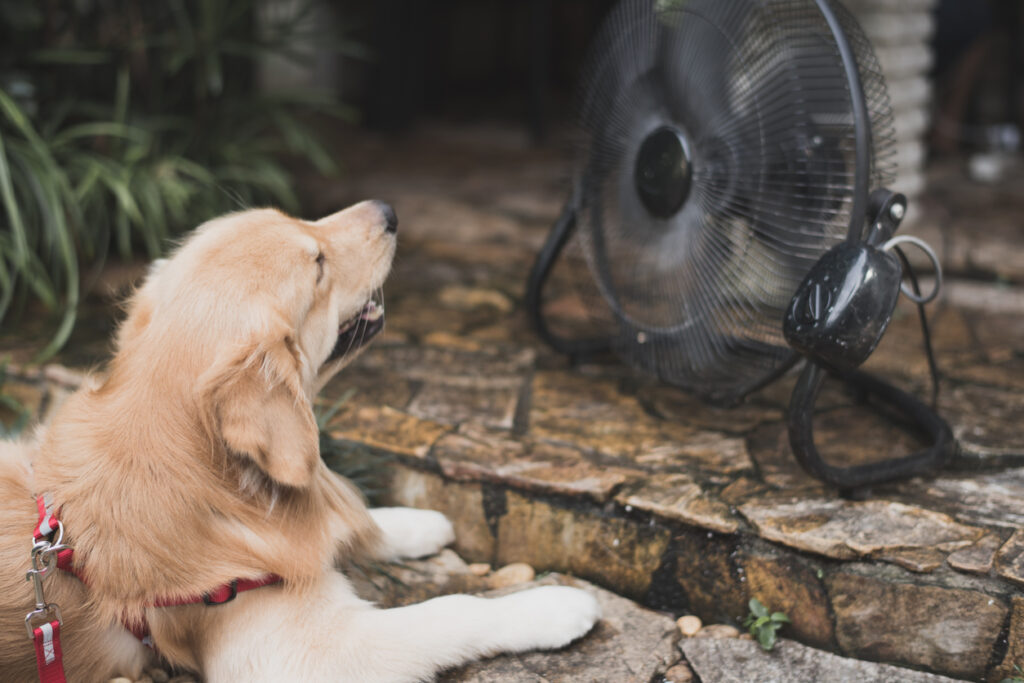
While a fan can help move air around, it doesn’t work the same for animals as it does for humans. Since dogs and cats don’t sweat much, fans won’t cool them down as effectively. What can help, though, is using a damp towel to gently wipe them down or placing a shallow tray of water nearby to increase humidity.
If you want to go a step further, dampen a cloth and drape it lightly over your dog or place a cool flannel on the back of your cat’s neck. Just be gentle—some pets hate being wet, so always go slowly and see how they respond.
Watch for early signs of heatstroke.

Heavy panting, drooling, lethargy, confusion, and red gums are all early warning signs that a pet may be overheating. If they start vomiting, collapsing, or appear unresponsive, it’s an emergency—and they need a vet straight away. Dogs with flat faces, like pugs or bulldogs, and long-haired or older pets are at higher risk.
Even if they seem “fine” at first, the effects of overheating can kick in fast. If in doubt, it’s safer to cancel the outing or shorten the walk than push through. Most pets would rather stay home in the shade than risk their health in the heat.
Skip the car unless absolutely necessary.
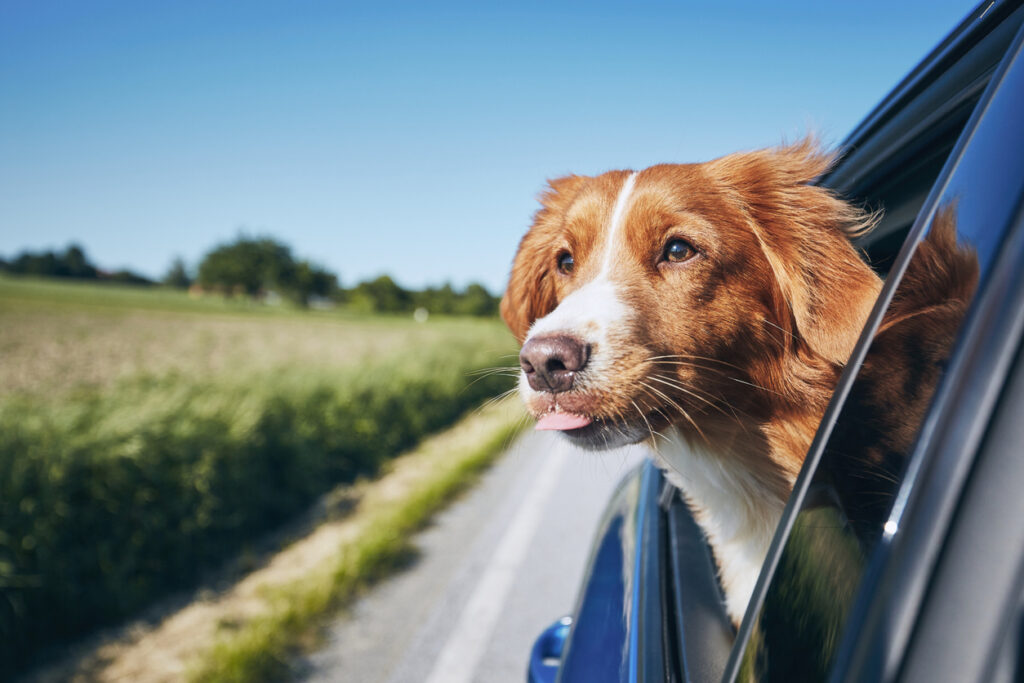
A parked car can become dangerously hot in just minutes, even with the windows cracked. Never leave a pet in a car during hot weather—not even for a short trip. It’s not worth the risk, and in the UK, it’s also a legal issue. If someone sees your pet distressed, they’re legally allowed to break the window to get them out.
Even when you’re driving, try to avoid unnecessary trips. If it’s too hot outside and your car doesn’t have reliable cooling, leave them at home in a cool, shaded room. Also, never crate them in the boot without proper airflow—it’s a recipe for overheating.
Offer frozen treats and cooling snacks.

Just like us, pets enjoy something cold on a hot day. You can freeze dog-safe fruits like blueberries, banana slices, or even peanut butter in an ice cube tray for a refreshing treat. Some pet shops also sell dog ice lollies or cat-friendly broth cubes that can be popped straight in their bowl.
Just make sure it’s species-safe—grapes, chocolate, and onions are toxic for dogs, for example. And if you’re unsure, a few ice cubes in their normal food bowl can still be a nice, simple option to keep things cool.
Trim fur carefully (but don’t shave).

It’s tempting to go for a full shave during summer, but fur actually helps regulate body temperature. Shaving too close can expose pets to sunburn and heat. Instead, aim for a light trim, especially in long-haired breeds, to help airflow while keeping some protection in place.
Regular brushing can also make a big difference. Removing excess fur helps prevent overheating and cuts down on matting, which can trap warmth close to the skin. For cats, encourage grooming with a soft brush during the cooler hours of the day.
Small pets and birds need extra care too.
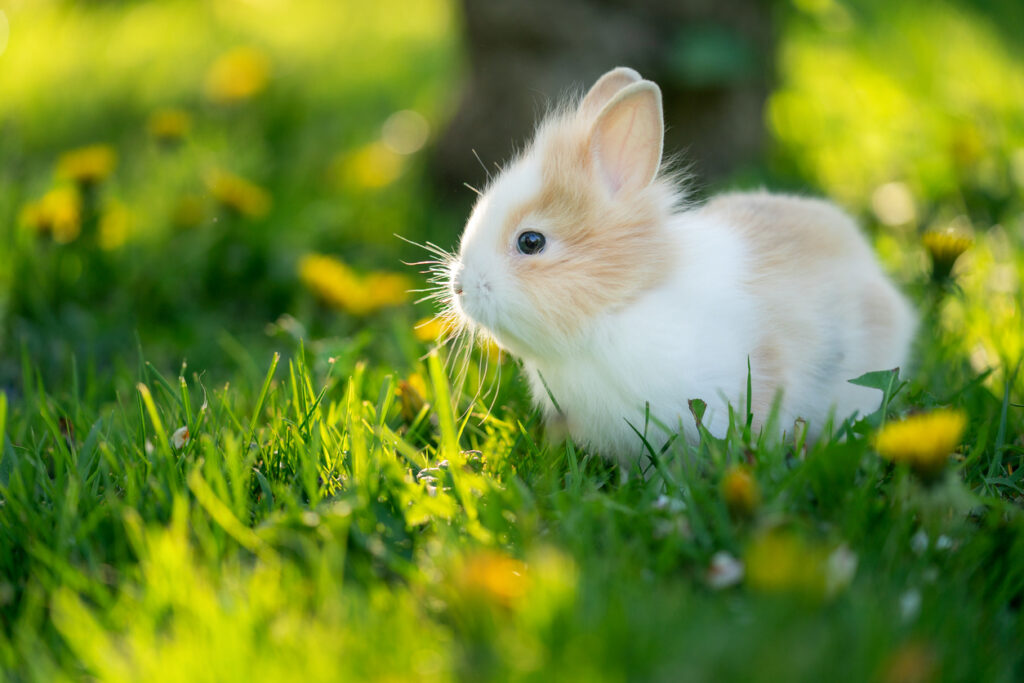
Rabbits, guinea pigs, ferrets, and birds can suffer badly in extreme heat. If they’re kept outdoors, move their hutch or cage into the shade or bring it inside if possible. Don’t rely on open mesh cages for airflow alone—the sun can still beat down and turn it into an oven.
Provide ceramic tiles, frozen water bottles, or damp cloths they can lie on. Avoid handling them too much when it’s hot, and make sure they’ve got fresh, cold water at all times. With birds, watch for panting or holding their wings away from their body—both are signs they’re too warm.
Don’t push them to play.
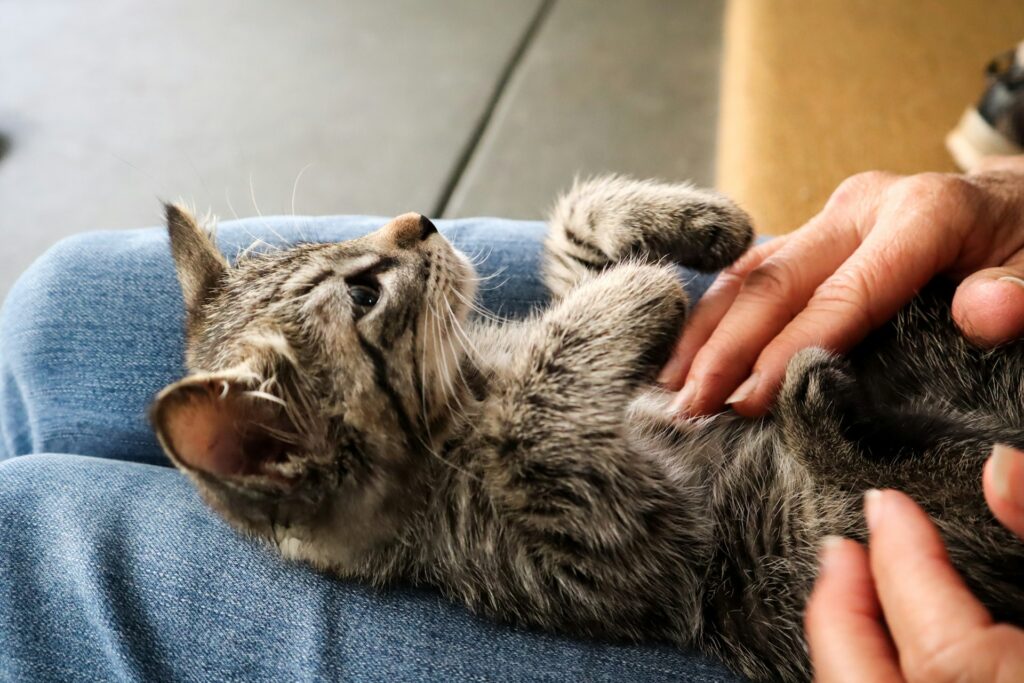
Some pets don’t know when to stop. Dogs especially can overexert themselves chasing balls or running in the garden without realising how hot they’re getting. During a heatwave, it’s best to cut playtime short or keep it indoors in a cool room.
Swap running and jumping for mental games—like snuffle mats, puzzle feeders, or hide-and-seek treats around the house. They’ll stay stimulated without working up a sweat, and you won’t have to worry about them overheating mid-fetch.
Be careful with paddling pools and hoses.
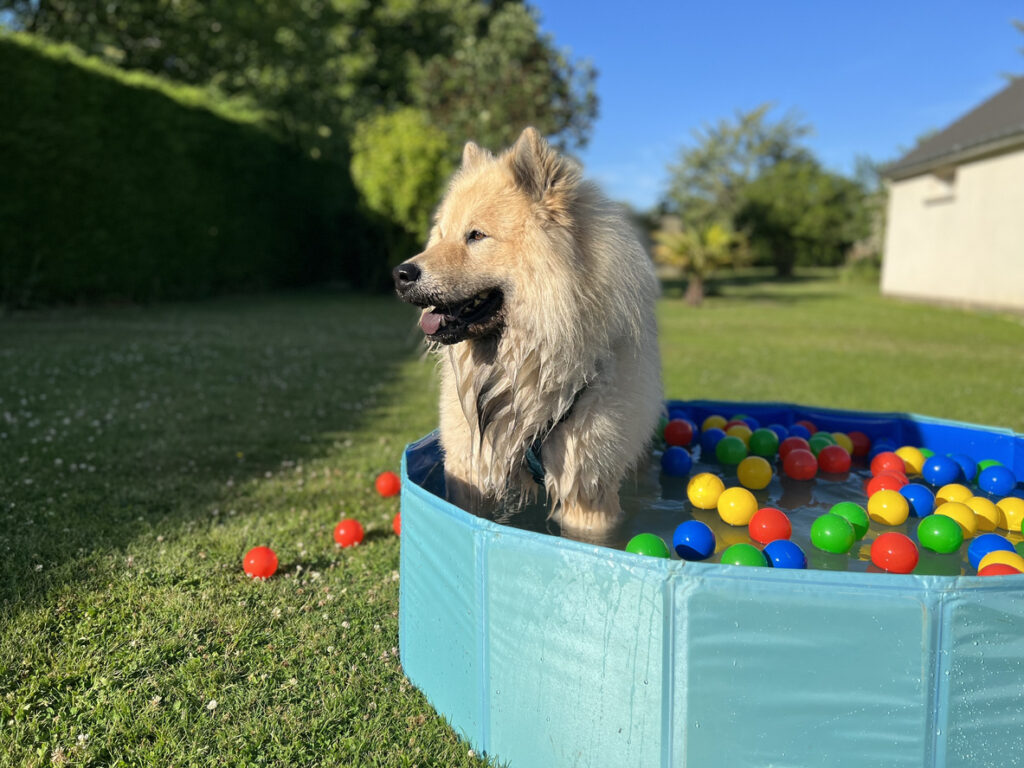
Some dogs love splashing around to cool off, but even water play needs caution in a heatwave. Hoses that have been sitting in the sun can spit out scalding water at first, so always test it before spraying your pet. Likewise, if you’re filling a paddling pool, use cool—not ice-cold—water and keep it in the shade.
Let your pet decide how much they want to interact. Some will happily lie in the water, others just want to dip their paws. Never force it. Just make sure they’ve got a way out, especially smaller dogs or puppies who might get tired quickly.
Know your pet’s breed-specific risks.

Certain breeds really can’t handle the heat. Flat-faced dogs like French bulldogs, pugs, and boxers have restricted airways that make it much harder to cool down. Long-haired or double-coated breeds overheat more easily too, especially if they’re not regularly groomed.
It’s not just dogs—Persian cats and other brachycephalic breeds can struggle as well. If your pet falls into one of these higher-risk groups, keep them indoors during the hottest parts of the day and be extra watchful for any signs of heat stress.
Keep routines flexible.
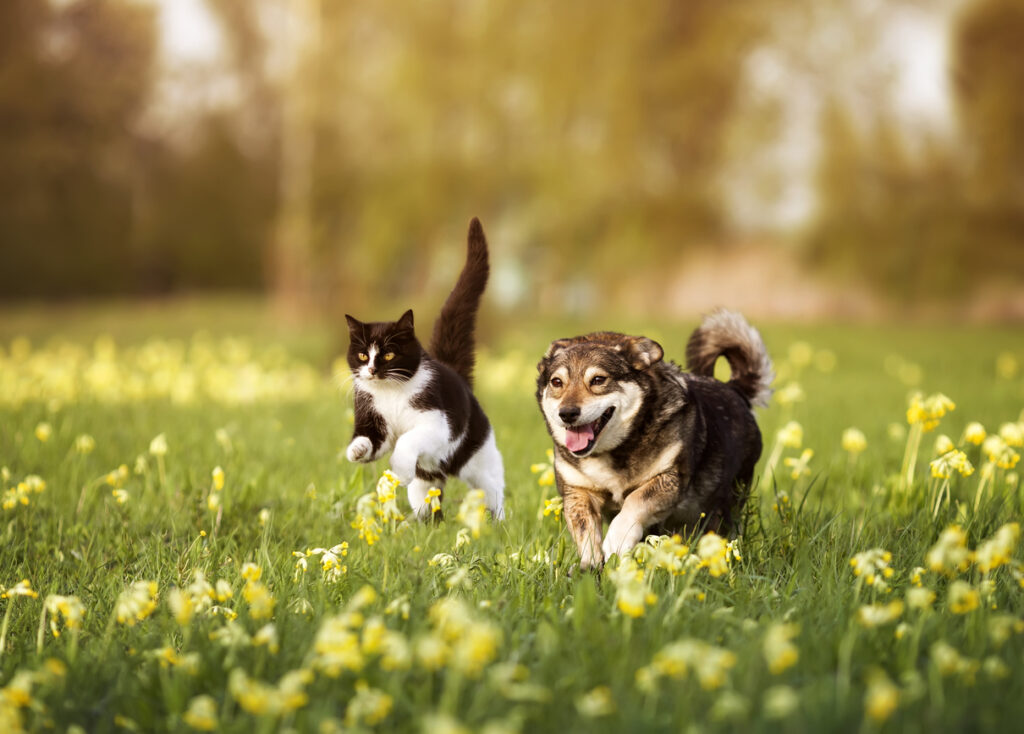
When it’s really hot, it’s okay to bend the usual rules a bit. If your dog normally has a long midday walk, switch it out for a sniffy stroll in the evening. If your cat’s used to lounging by the window in full sun, gently guide them to a shadier spot and close the curtain for a while.
The goal is to reduce heat exposure without turning your pet’s whole world upside down. A little flexibility can go a long way—and once the weather cools again, they’ll slip back into their normal habits just fine.